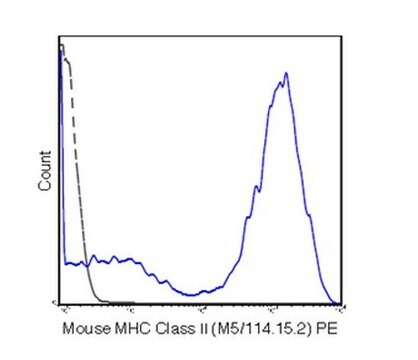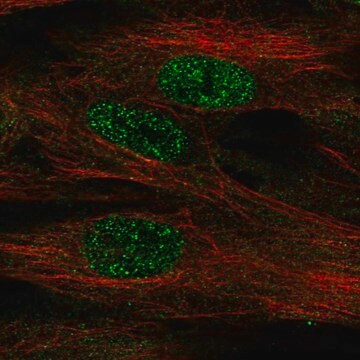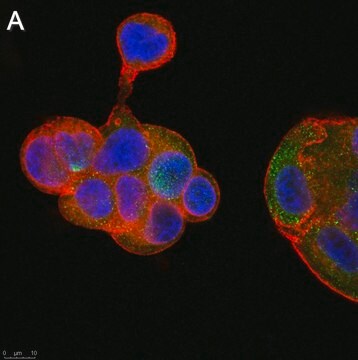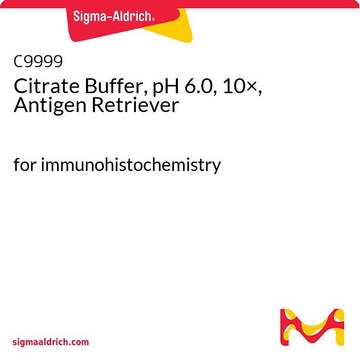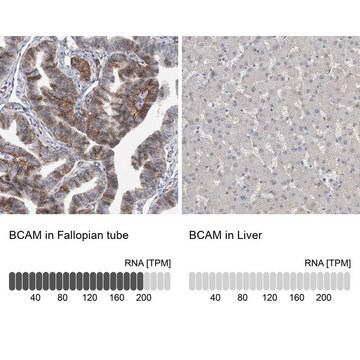MABF2129
Anti-Chlamydial MOMP Antibody, clone B-D3
clone B-D3, from mouse
Synonyme(s) :
Chlamydia major outer membrane protein
About This Item
Produits recommandés
Source biologique
mouse
Forme d'anticorps
purified immunoglobulin
Type de produit anticorps
primary antibodies
Clone
B-D3, monoclonal
Espèces réactives
Chlamydia, bacteria
Conditionnement
antibody small pack of 25 μg
Technique(s)
dot blot: suitable
immunocytochemistry: suitable
immunofluorescence: suitable
immunoprecipitation (IP): suitable
neutralization: suitable
Isotype
IgG2bκ
Modification post-traductionnelle de la cible
unmodified
Description générale
Spécificité
Immunogène
Application
Immunoprecipitation Analysis: A representative lot immunoprecipitated Chlamydial MOMP in Immunoprecipitation applications (Zhang, Y.X., et. al. (1987). J Immunol. 138(2):575-81).
Immunocytochemistry Analysis: A 1:800 dilution from a representative lot detected Chlamydial MOMP in McCoy cells infected with LGV serovar L2 inclusions (Courtesy of Chunfu Yang, Ph.D. and Harlan D. Caldwell, Ph.D., National Institutes of Health, Bethesda, MD USA).
Immunofluorescence Analysis: A representative lot detected Chlamydial MOMP in Immunofluorescence applications (Zhang, Y.X., et. al. (1987). J Immunol. 138(2):575-81).
Dot Blot Analysis: A representative lot detected Chlamydial MOMP in Dot Blot applications (Zhang, Y.X., et. al. (1987). J Immunol. 138(2):575-81).
Inflammation & Immunology
Qualité
Isotyping Analysis: The identity of this monoclonal antibody is confirmed by isotyping test to be mouse IgG2b.
Description de la cible
Forme physique
Stockage et stabilité
Autres remarques
Clause de non-responsabilité
Vous ne trouvez pas le bon produit ?
Essayez notre Outil de sélection de produits.
Certificats d'analyse (COA)
Recherchez un Certificats d'analyse (COA) en saisissant le numéro de lot du produit. Les numéros de lot figurent sur l'étiquette du produit après les mots "Lot" ou "Batch".
Déjà en possession de ce produit ?
Retrouvez la documentation relative aux produits que vous avez récemment achetés dans la Bibliothèque de documents.
Notre équipe de scientifiques dispose d'une expérience dans tous les secteurs de la recherche, notamment en sciences de la vie, science des matériaux, synthèse chimique, chromatographie, analyse et dans de nombreux autres domaines..
Contacter notre Service technique

